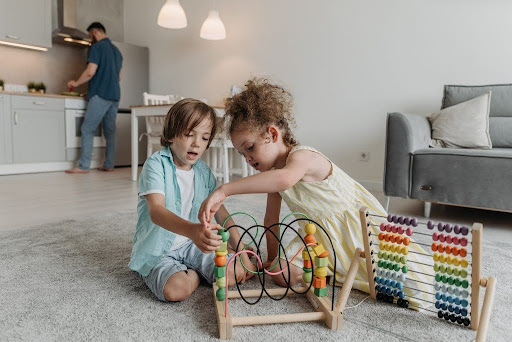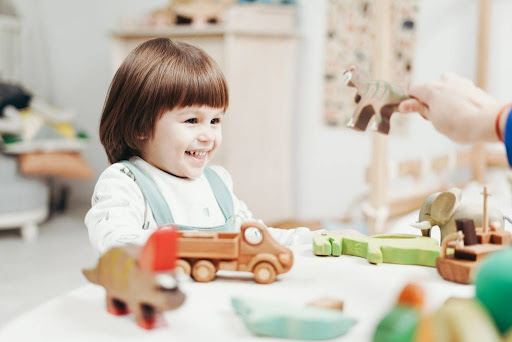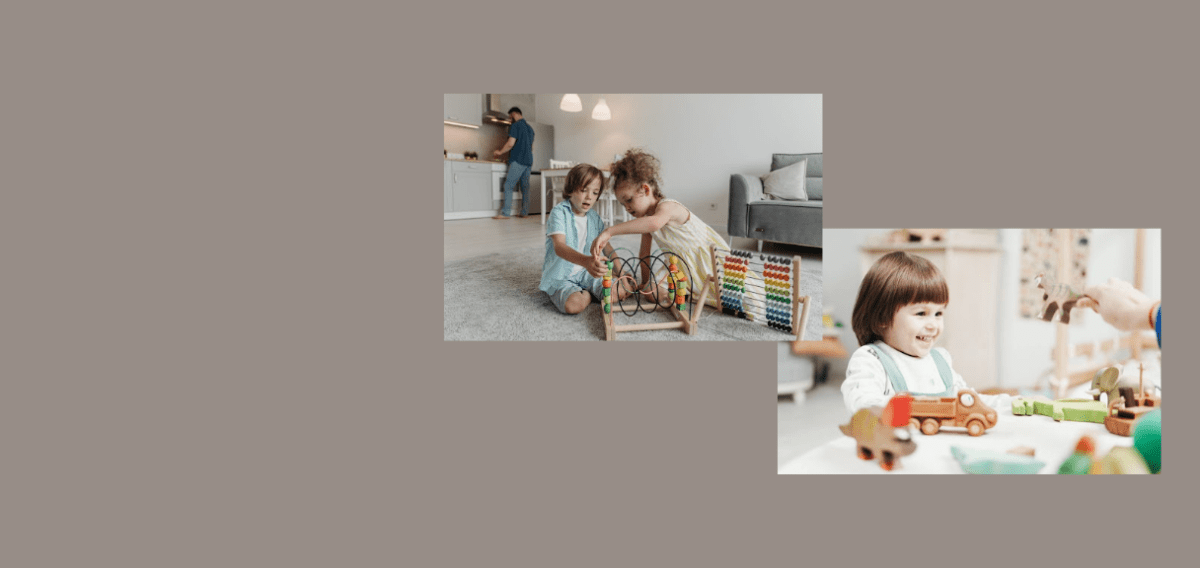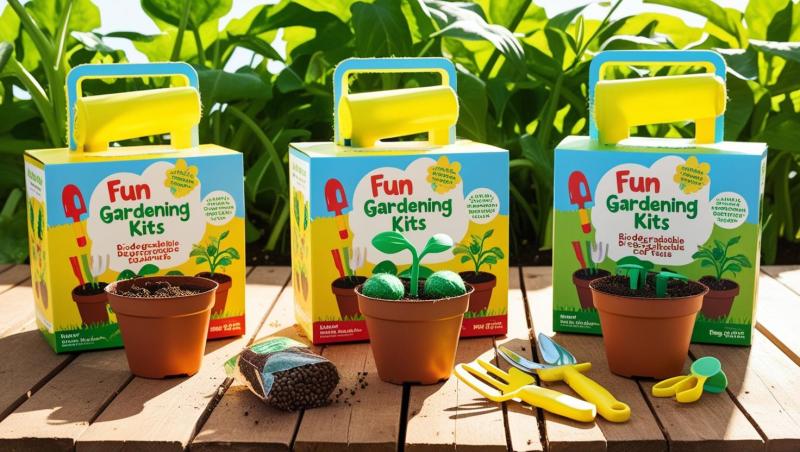Guide To Choosing Educational Toys For Children
An educational toy is a product designed not only to entertain children but also to teach important skills such as cognitive development, motor coordination, language, creativity, and social interaction simultaneously. Over the centuries, toys have evolved from simple tools to sophisticated devices, yet the goal remains the same: to make learning fun and accessible for children.
One of the most traditional and enduring examples of educational toys is the toy block. Toy blocks have been used for centuries to teach foundational concepts such as physics, gravity, and spatial relationships. Interestingly, evidence of toy blocks dates back to the writings of Witold Rybczynski in the 18th century, showing how long these simple toys have supported childhood development.
Why Toy Blocks Are More Than Just Simple Playthings
Though toy blocks may seem straightforward to adults, they play a vital role in developing various complex skills in children. When a toddler stacks blocks, they're not just building a tower—they are exercising their fine motor skills by grasping and manipulating individual pieces. This hands-on play helps kids strengthen finger dexterity and hand-eye coordination, skills essential for future tasks like writing and using tools.

Playing with blocks alongside peers or siblings also encourages social interaction, teaching children to cooperate, share, and communicate effectively. Moreover, blocks shaped like letters and numbers preprocess early literacy and numeracy skills. Children learn to recognize shapes, colors, and letters, often absorbing the basics of reading and counting without formal instruction.
Blocks foster mathematical thinking as children experiment with adding and subtracting blocks to balance and stabilize their constructions. The open-ended nature of block play also sparks creativity, encouraging youngsters to devise unique structures and narratives.
The Rise of Electronic Educational Toys
While classic toys such as blocks remain indispensable, the advent of electronic learning devices has transformed the educational toy market. Products such as the LeapPad—a talking book format—have revolutionized how children acquire reading skills. In fact, LeapPad became one of the best-selling educational toys in the U.S., with sales surpassing $680 million and recognition including the Toy of the Year award.
Similarly, other interactive electronic toys, like iQuest, offer lessons in social science and mathematics with user-friendly data saving features, allowing children to continue their lessons over time. Electronic educational toys introduce children early to digital literacy, a critical skill given today’s tech-centric world.
Getting children familiar with such devices from a young age prepares them for the digital demands they will face throughout their schooling and adult lives. The market for child educational toys continues to grow rapidly, reflecting parents’ and educators' increasing awareness of these benefits. Reputable companies like educationaltoy.us focus exclusively on providing these valuable resources.
Iconic Brands and Their Educational Contributions
Companies traditionally known for calculators and educational instruments have entered the toy market with pioneering designs. For example, Texas Instruments, famous for graphing calculators, created toys such as Speak & Math, Speak & Read, and Speak & Spell. These educational toys teach fundamental skills like math, reading, and spelling through engaging, interactive formats.
These toys have transformed educational approaches by blending fun with learning, distancing children from mere passive consumption and towards active participation in mastering concepts.
Other traditional educational toys include toy pianos, designed to nurture musical interests from an early age and expand a child’s sensory experience and auditory skills.

Benefits of Educational Toys for Child Development
The impact of educational toys extends beyond mere amusement. Research confirms that they play a critical role in nurturing core developmental areas. Here are some key benefits:
1. Cognitive Development and Problem-Solving
Educational toys challenge a child’s brain, encouraging them to use logic and critical thinking to navigate puzzles, sequences, and construction tasks. Toys that engage children in figuring out cause and effect, pattern recognition, and strategy help build mental pathways critical for future academic success.
2. Motor Skills and Hand-Eye Coordination
From grasping small puzzle pieces to manipulating building blocks, children improve their fine motor skills and spatial awareness through hands-on play. Motor skill development lays the groundwork for physical dexterity, essential for writing, sports, and daily tasks.
3. Language and Literacy Skills
Toys designed with letters, stories, or interactive talking features expose children to vocabulary, sounds, and early reading practices. Rich auditory and verbal interactions through educational toys substantially enhance communication skills.
4. Creativity and Imagination
Open-ended toys such as building sets or art supplies stimulate imaginative play and creativity. Children invent stories, experiment with designs, and solve unique challenges, laying the foundation for innovative thinking.
5. Social and Emotional Growth
Many educational toys invite cooperative play, teaching children social cues, empathy, and turn-taking. Role-play kits enable kids to understand emotions and social roles by acting out different scenarios.
Types of Educational Toys to Consider
Building Blocks and Construction Sets
Classic options like wooden blocks, LEGO®, and magnetic tiles cultivate engineering concepts and problem-solving expertise. These toys also introduce geometry, symmetry, and balance through playful exploration.
Puzzles and Matching Games
These teach visual discrimination, memory, and analytic thinking. As puzzles increase in complexity, children refine sequencing and concentration skills.
Art and Craft Kits
Providing outlets for artistic expression, craft kits encourage fine motor practice and creativity. Kids gain confidence as they produce tangible results.
Electronic Learning Devices
From tablets with interactive reading programs to robots teaching coding basics, electronic toys blend education with technology skills suitable for the digital age.
Science and STEM Kits
These kits teach scientific principles through hands-on experiments and engineering challenges, fostering curiosity and systematic thinking.
Musical Instruments
Beginning piano sets, percussion kits, or simple ukuleles build auditory skills, rhythm, and coordination, nurturing lifelong musical appreciation.
Tips for Choosing the Best Educational Toy
-
Consider Age Appropriateness: Always select toys designed for your child’s developmental stage.
-
Focus on Open-Ended Play: Toys should offer multiple ways to be played with and encourage creativity.
-
Look for Quality and Safety: Choose durable toys made with child-safe materials.
-
Match Child’s Interests: A toy related to your child’s passions will keep them engaged longer.
-
Balance Tech and Traditional: Mix electronic and classic toys for well-rounded development.
-
Read Reviews and Recommendations: Learn from other parents and educators.
The Growing Educational Toy Market and Homeschooling Trends
The educational toy industry is booming, with billions in annual revenue and a growing demand spurred by the rise in homeschooling. Parents seeking to supplement or replace traditional school instruction turn to educational toys as accessible, effective teaching tools at home.
These toys help reinforce learning concepts, make study time engaging, and prepare children for broader academic challenges. As educational philosophies shift toward play-based and experiential learning, such toys have become integral in early childhood education worldwide.
Conclusion
Choosing educational toys is about more than picking the latest fad or flashy gadget. It’s about investing in toys that nurture a child’s cognitive, physical, social, and emotional potential while making learning an enjoyable experience. From the humble toy block to high-tech interactive devices, educational toys open doors to discovery and lifelong growth.
Think carefully about your child’s unique needs and interests, select toys that challenge and inspire, and watch your child flourish through play.



